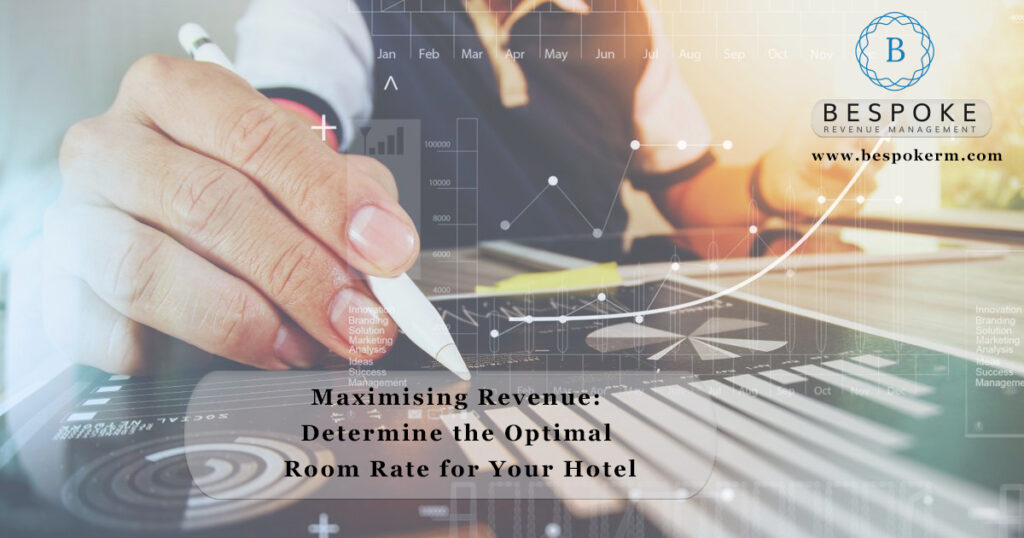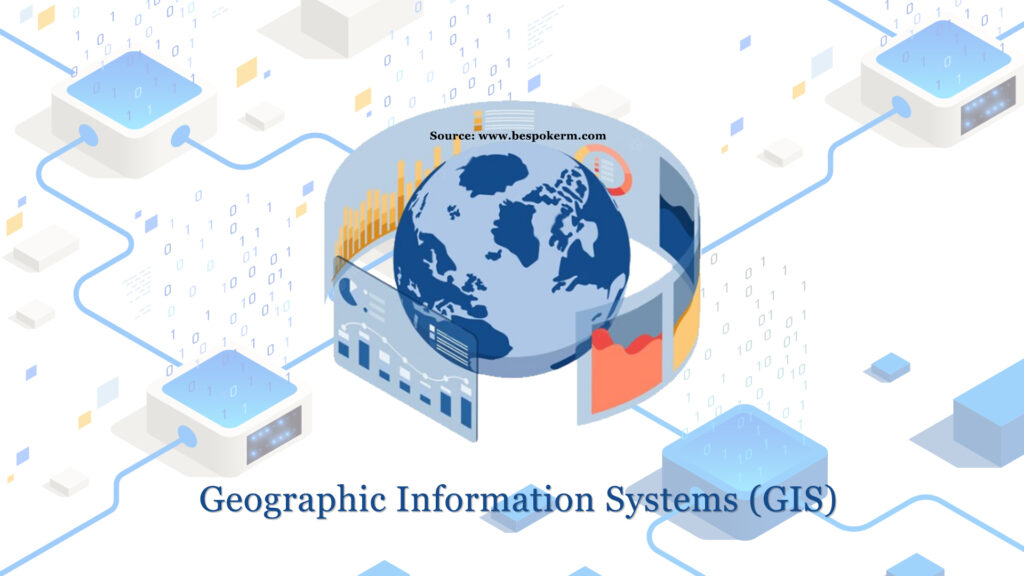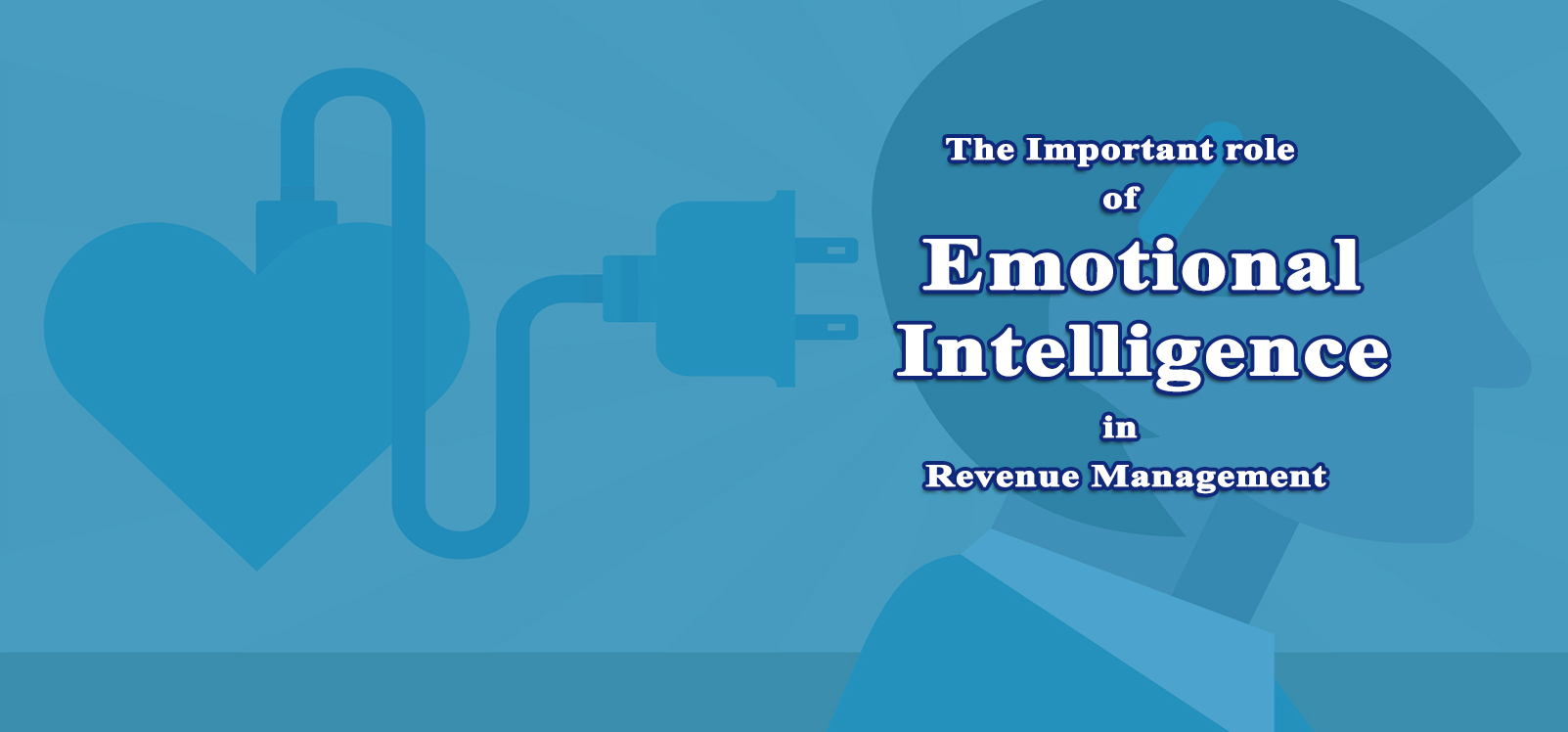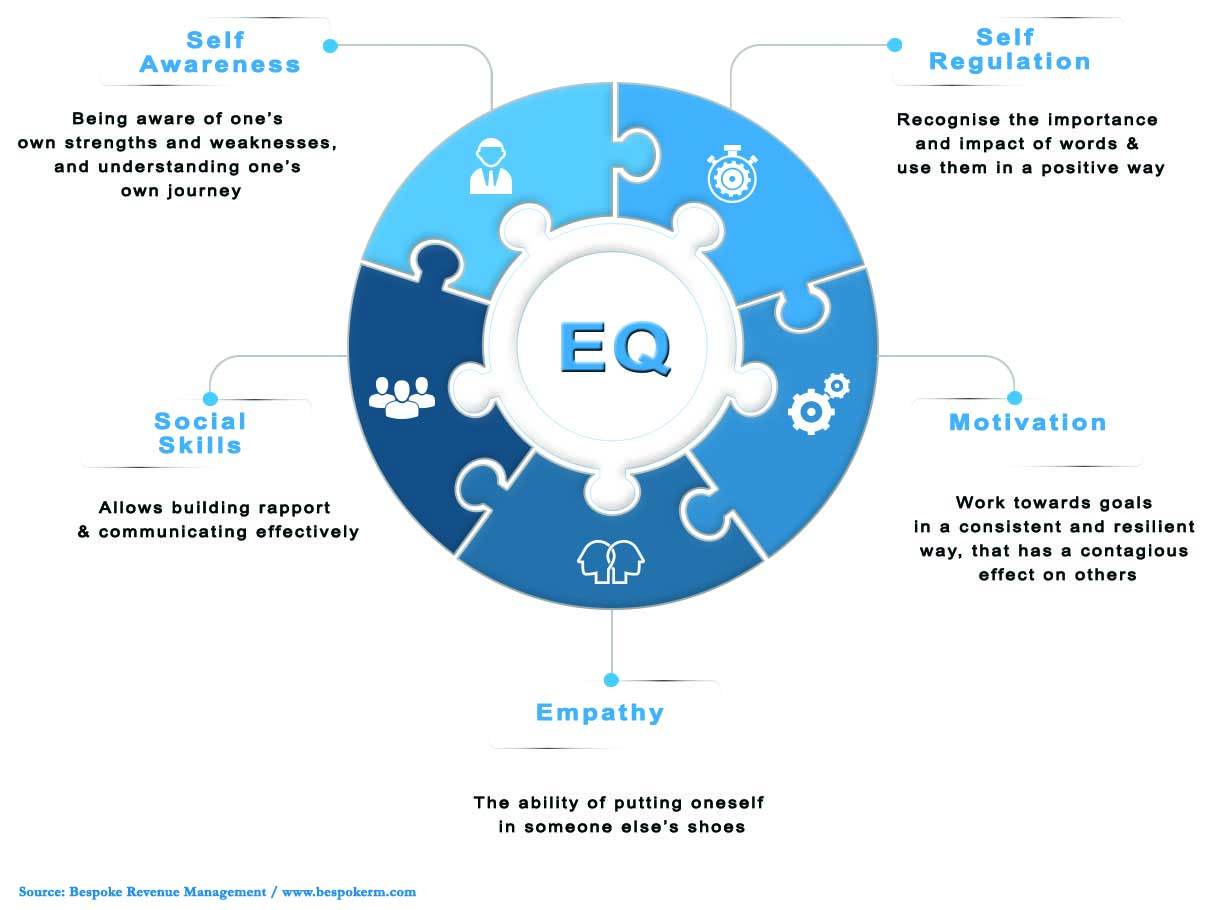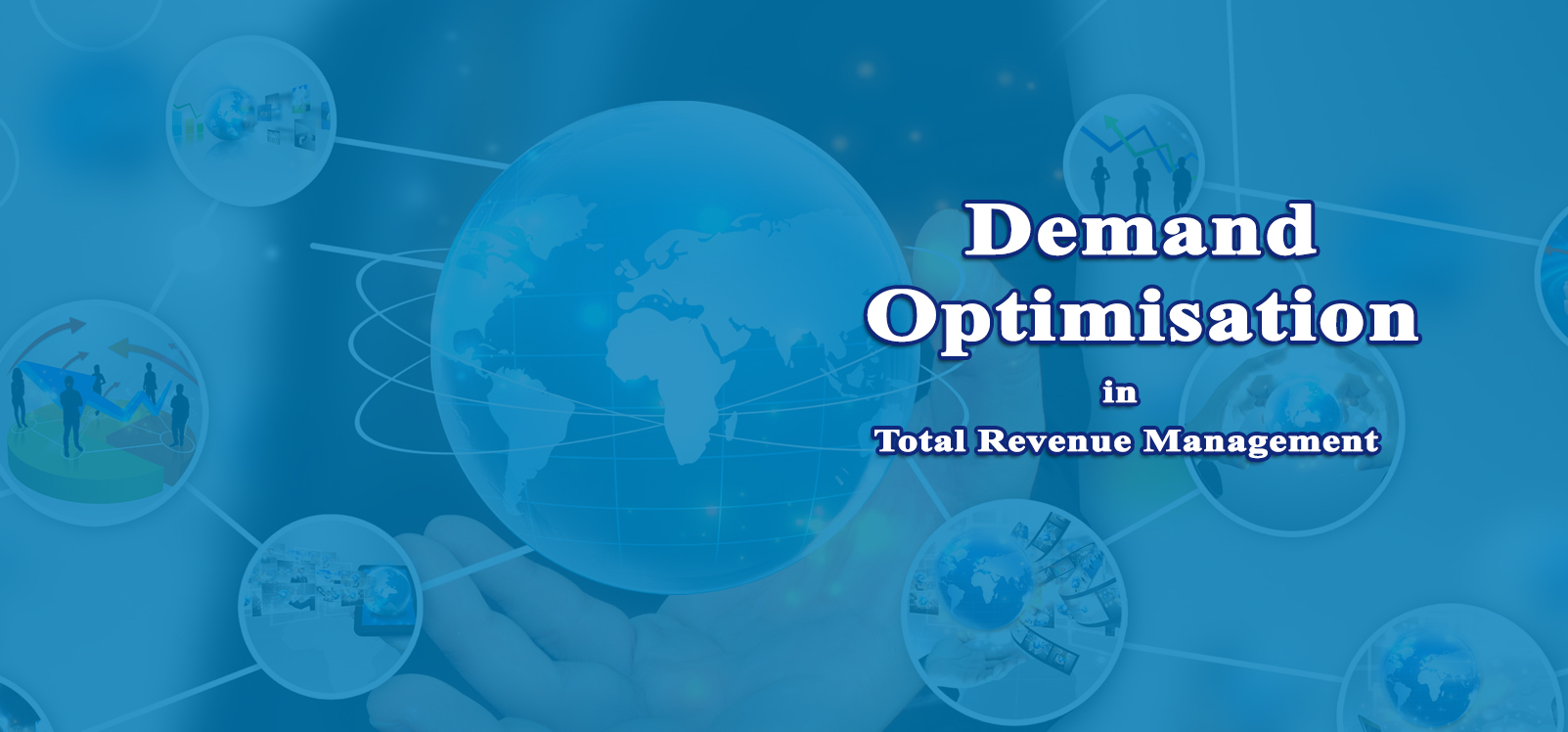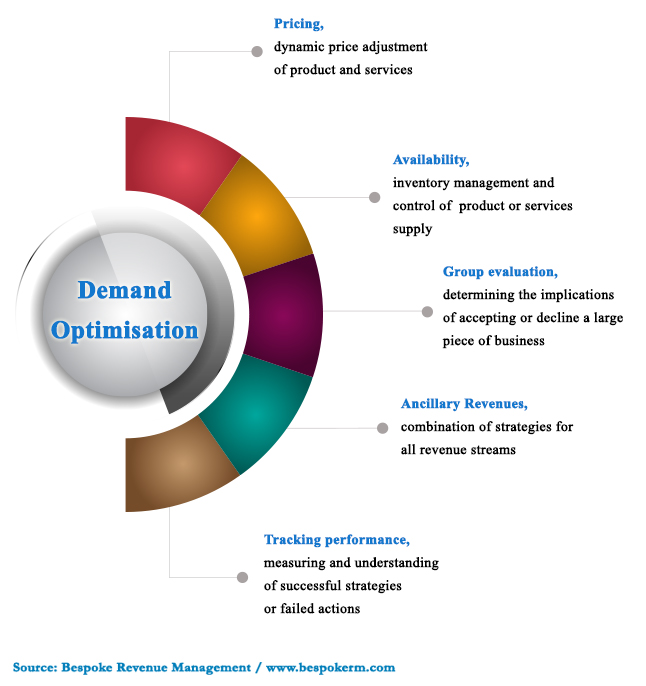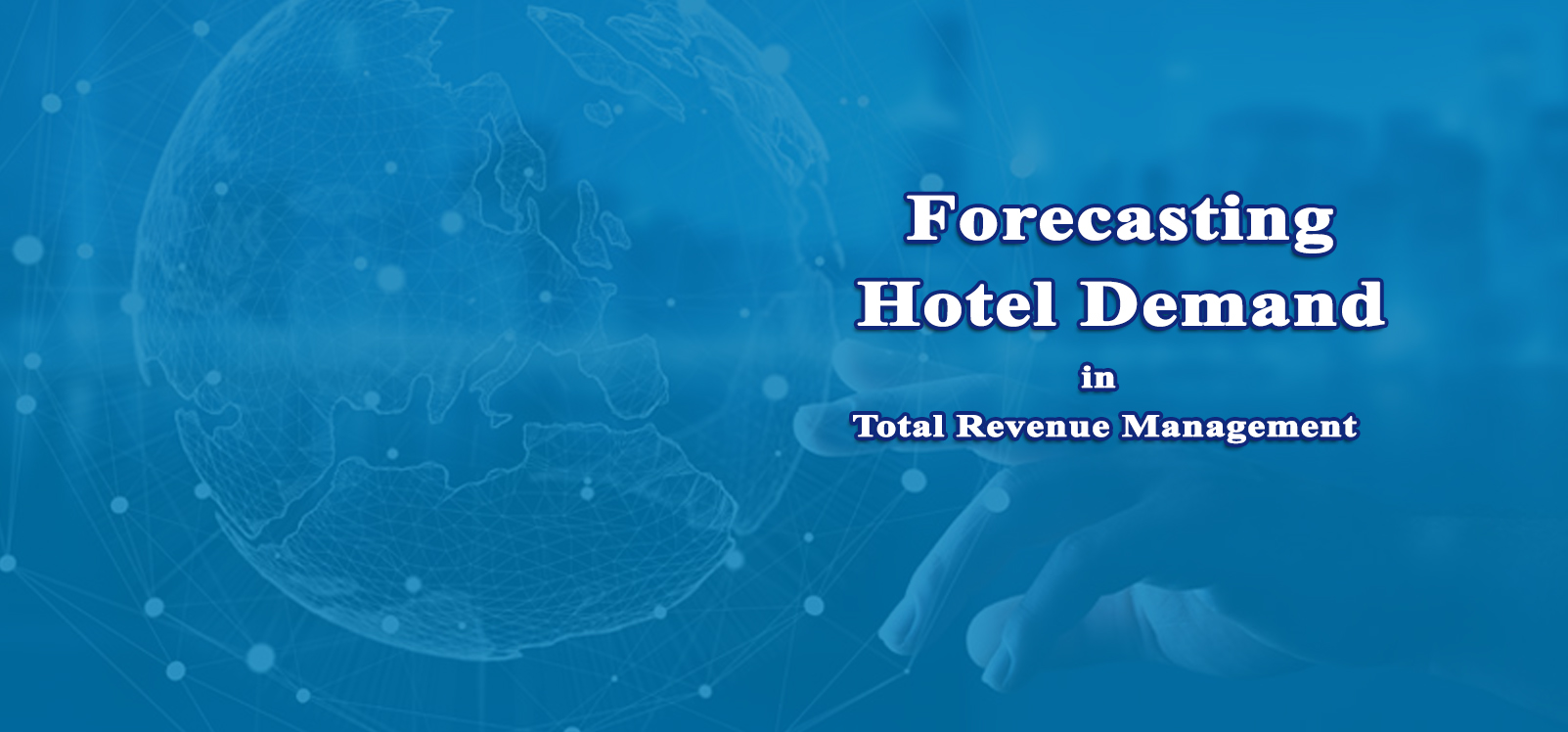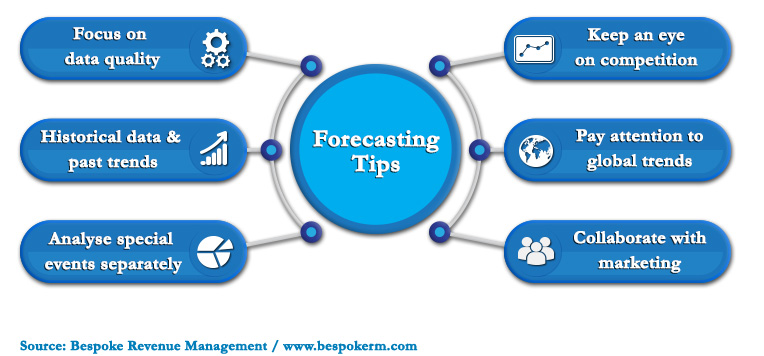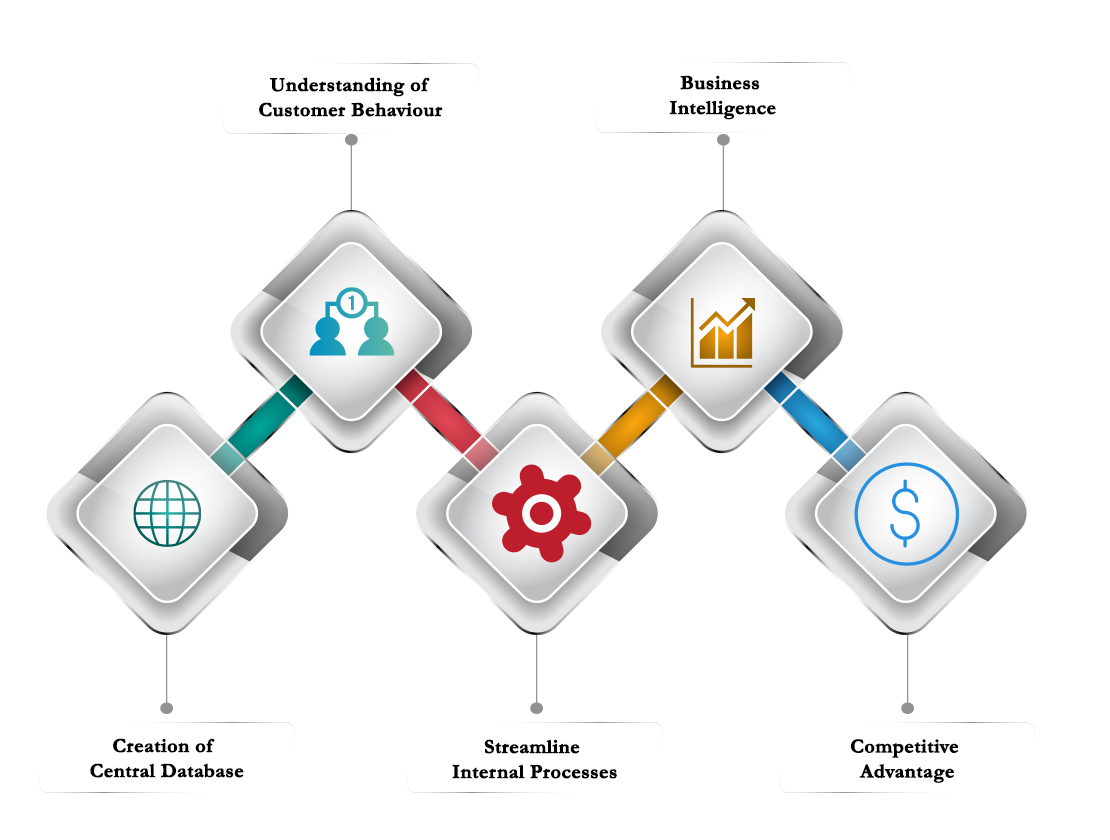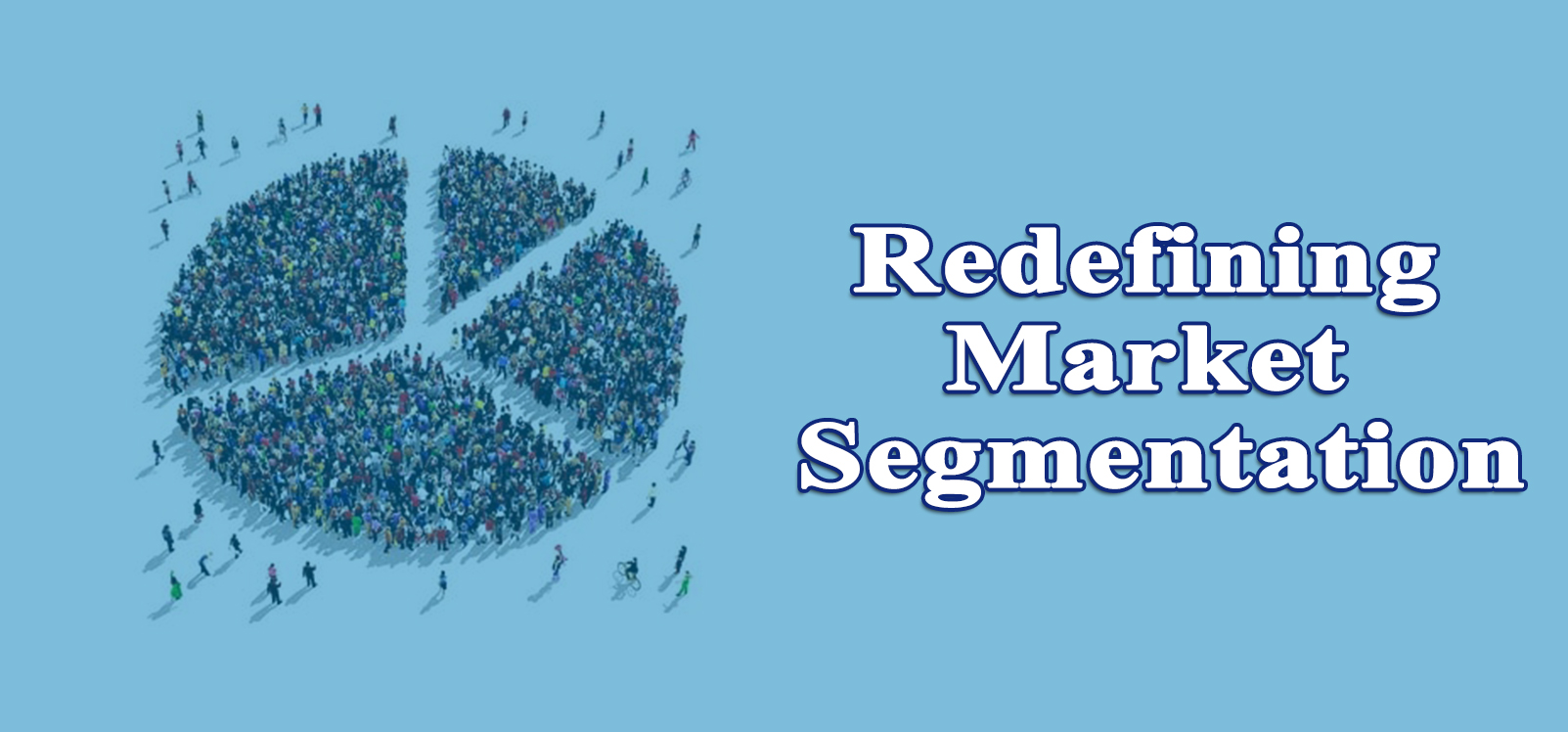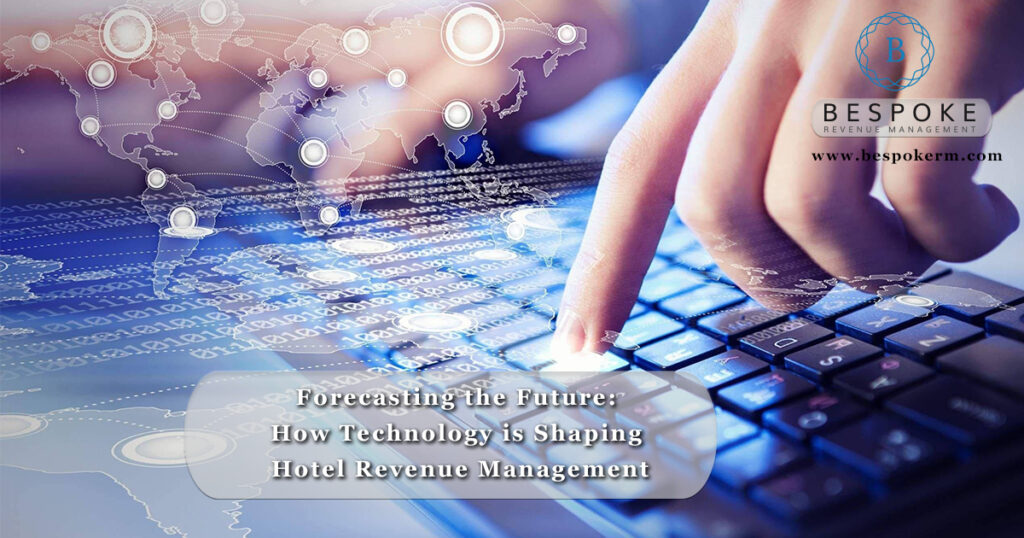
The Evolution of Hotel Revenue Management
In the ever-evolving landscape of the hospitality industry, the concept of hotel revenue management has emerged as a pivotal strategy for optimising financial performance. At its core, revenue management involves the strategic manipulation of pricing, distribution, and availability of hotel rooms to maximise revenue and profitability. This chapter delves into the origins of revenue management, traces its historical development, and underscores the imperative for adaptation in response to the sweeping wave of technological advancements.
Introduction to the Concept of Hotel Revenue Management
Hotel revenue management represents the convergence of strategic thinking, data analysis, and pricing psychology. This multifaceted approach acknowledges that not all guests are created equal and that the value of a hotel room can fluctuate drastically based on factors such as demand, seasonality, and market conditions. By recognising this dynamic nature of pricing, revenue management seeks to strike a delicate balance between occupancy rates and rates charged, ultimately aiming to maximise revenue and enhance the guest experience simultaneously.
Historical Perspective on Traditional Revenue Management Practices
Before the digital era, revenue management predominantly relied on manual processes and rule-of-thumb strategies. Hoteliers would often adjust room rates based on fixed schedules, seasons, or intuition, often leading to suboptimal revenue outcomes. The lack of real-time data and comprehensive analytical tools meant that opportunities to maximise revenue were often missed.
Early attempts at revenue optimisation primarily focused on filling rooms rather than maximising overall profitability. However, as the industry evolved and competition intensified, it became evident that a more sophisticated and dynamic approach was necessary to stay competitive.
The Need for Adaptation Due to Technological Advancements
The emergence of technology has been a game-changer for the hospitality industry, reshaping the way hoteliers approach revenue management. With the advent of advanced data analytics, automation, and artificial intelligence (AI), the potential to analyse vast amounts of data and make data-driven decisions has become a reality.
Today, revenue management goes beyond adjusting rates based on fixed schedules; it involves the meticulous analysis of historical data, market trends, competitor pricing, and even external factors like weather events and local events that could impact demand. Technological solutions have enabled hoteliers to forecast demand more accurately, dynamically adjust pricing in real-time, and even personalise offers based on individual guest preferences.
As the digital era ushers in a new age of customer expectations and competition, the hotel industry faces the imperative to adapt or be left behind. Technological advancements have not only made revenue management more precise and efficient but have also paved the way for a strategic shift toward proactive and dynamic pricing strategies.
Technological Innovations in Revenue Management
The relentless march of technology has permeated every facet of the hotel industry, redefining the way revenue management is approached. This chapter delves into the transformative impact of technological advancements on revenue management practices, emphasising the crucial roles played by data analytics, automation, and AI-driven solutions in reshaping the landscape of revenue optimisation.
Overview of Key Technological Advancements Impacting the Hotel Industry
The hotel industry has undergone a seismic shift with the advent of technologies that have fundamentally altered how hotels engage with their guests and manage their operations. From online booking platforms to mobile check-ins, the entire guest experience has been enhanced and streamlined through digital interfaces. These advancements have generated a wealth of data, unlocking opportunities for hoteliers to make more informed decisions regarding revenue management.
Introduction of Data Analytics and Its Role in Revenue Optimisation
Data analytics has emerged as the cornerstone of modern revenue management. The ability to collect, process, and analyse vast amounts of data provides hoteliers with unparalleled insights into guest behaviour, preferences, and market trends. By harnessing historical booking patterns, seasonal variations, and demographic trends, hotels can create accurate demand forecasts, allowing them to adjust pricing strategies proactively.
With data-driven insights, revenue managers can identify periods of high demand, optimising rates to maximise revenue during peak times. Similarly, during periods of lower demand, pricing adjustments can be made to attract price-sensitive guests while still maintaining profitability. The result is a more precise and adaptable approach to revenue optimisation.
Automation and AI-Driven Solutions Transforming Revenue Management Processes
The integration of automation and artificial intelligence (AI) has revolutionised revenue management processes. Automation streamlines routine tasks such as rate adjustments, inventory control, and distribution across various online platforms. This efficiency not only reduces the margin of error but also frees up valuable time for revenue managers to focus on strategic decision-making.
AI-driven solutions take revenue management to the next level by employing complex algorithms to analyse historical data and predict future demand patterns. These predictive models allow for proactive pricing adjustments, ensuring that hotels are poised to capture the maximum revenue potential. Moreover, AI can dynamically assess competitor pricing, enabling rapid responses to changes in the market landscape.
Personalisation is another facet of AI’s impact on revenue management. By analysing guest data, AI systems can tailor offers and pricing to individual preferences, enhancing the overall guest experience and increasing the likelihood of conversion.
As the interplay between data analytics, automation, and AI becomes increasingly sophisticated, the role of the revenue manager evolves from a reactive position to that of a proactive strategist. The combination of these technologies empowers revenue managers to make well-informed decisions in real-time, optimising revenue while ensuring a seamless guest experience.
Data-Driven Insights for Revenue Optimisation
In the digital age, data has emerged as the lifeblood of effective revenue management strategies. This chapter delves into the pivotal role of data collection, analysis, and utilisation in modern revenue management practices. We explore how the treasure trove of guest data not only fuels personalised pricing strategies but also powers predictive analytics, enabling demand forecasting and real-time pricing adjustments.
Importance of Data Collection and Analysis in Modern Revenue Management
Data collection has transformed from a supplementary practice to a fundamental necessity in revenue management. As guests interact with various touchpoints, from booking engines to loyalty programs, a wealth of information is generated. This data encompasses booking patterns, stay preferences, length of stay, past purchases, and more.
By meticulously analysing this data, hotels can uncover hidden patterns and trends that guide strategic decisions. This enables revenue managers to understand the ebb and flow of demand, identify seasonal variations, and make informed choices about rate adjustments and inventory allocation.
Utilising Guest Data for Personalised Pricing Strategies
One of the most remarkable outcomes of data-driven revenue management is the ability to create personalised pricing strategies. By leveraging guest data, hotels can tailor pricing based on individual preferences and behaviours. This not only enhances the guest experience but also maximises the likelihood of conversion.
For instance, if a guest consistently books suites with ocean views, the hotel can offer personalised packages or discounts for such rooms. By aligning pricing with the guest’s preferences, hotels can drive higher guest satisfaction and capture additional revenue that might have been left untapped using traditional pricing models.
Predictive Analytics for Demand Forecasting and Pricing Adjustments
Predictive analytics stands as a game-changer in revenue management, offering the power to anticipate demand fluctuations and optimise pricing strategies accordingly. By analysing historical data and identifying patterns, predictive models can forecast future demand with impressive accuracy. These models allow revenue managers to take a proactive stance, adjusting rates and availability in anticipation of high-demand periods. Whether it’s a major local event or a seasonal trend, predictive analytics empowers hotels to capitalise on revenue opportunities while minimising the risk of overpricing during lulls in demand.
Moreover, predictive analytics enables dynamic pricing adjustments in real-time. If booking trends deviate from expectations, the system can swiftly adapt rates to maintain optimal occupancy and revenue levels. This agility ensures that hotels remain competitive and adaptable in an ever-changing market.
As the synergy between data-driven insights, personalised pricing, and predictive analytics continues to evolve, revenue management evolves from a reactive practice to a strategic discipline. By harnessing the power of data, hotels can confidently navigate the complexities of revenue optimisation and deliver superior value to both guests and stakeholders.
Dynamic Pricing Strategies
In an era of unprecedented connectivity and real-time data availability, dynamic pricing has emerged as a pivotal strategy in modern hotel revenue management. In this chapter we look at the concept of dynamic pricing, explore its significance in the hospitality industry, and highlight how real-time market analysis and competitor pricing tracking drive its implementation to maximise revenue.
Exploration of Dynamic Pricing and Its Significance
Dynamic pricing, often referred to as demand-based pricing, represents a departure from traditional fixed-rate models. It involves adjusting prices dynamically in response to fluctuations in demand, supply, and market conditions. By embracing this fluid approach, hotels can align pricing with the ever-shifting landscape of guest preferences, events, and economic influences.
The significance of dynamic pricing lies in its ability to optimise revenue. It goes beyond simply filling rooms; it focuses on extracting the highest possible value from each booking. This strategy ensures that hotels capture the full potential of revenue even during high-demand periods while still attracting bookings during low-demand times.
Real-time Market Analysis and Competitor Pricing Tracking
Real-time market analysis and competitor pricing tracking are essential components of successful dynamic pricing strategies. With the advent of technology, hotels now have access to a wealth of up-to-the-minute data, including competitor rates, local events, and online sentiment analysis. This enables revenue managers to make well-informed decisions in the midst of changing market dynamics.
By monitoring competitors’ pricing strategies and market trends in real-time, hotels can adjust their rates swiftly and intelligently. For instance, if a nearby hotel suddenly reduces its rates due to excess inventory, a hotel equipped with real-time data can respond promptly to remain competitive without sacrificing revenue potential.
Implementing Dynamic Pricing Models to Maximise Revenue
Implementing dynamic pricing models involves a comprehensive understanding of market dynamics and the creation of pricing rules that adjust rates automatically based on predefined triggers. These triggers could be factors such as occupancy rates, booking lead times, demand forecasting, or even external events like local festivals or conferences. A successful implementation requires a robust revenue management system that integrates real-time data, demand forecasting, and competitor pricing analysis. By leveraging AI-driven algorithms, revenue managers can create intricate pricing strategies that align with the hotel’s revenue goals and market positioning. These models ensure that the hotel is well-equipped to capture maximum revenue without overpricing or under-pricing its offerings.
Moreover, dynamic pricing extends beyond room rates. It can encompass ancillary services like spa treatments, room upgrades, and dining experiences. This holistic approach further enhances the revenue potential of a hotel’s offerings.
As the sophistication of dynamic pricing strategies deepens, hotels stand to gain not only increased revenue but also improved guest satisfaction. By offering tailored pricing that resonates with guest preferences and market trends, hotels can establish a stronger competitive edge and create lasting guest relationships.
The Future Landscape of Hotel Revenue Management
The horizon of hotel revenue management is undergoing a profound transformation as emerging technologies redefine industry norms. This chapter explores the promising potential of technologies like the Internet of Things (IoT), blockchain, and others, while highlighting the shift towards real-time decision-making, automation, and the ethical considerations that accompany tech-driven revenue management.
Emerging Technologies on the Horizon
The convergence of technology and hospitality is giving rise to a host of innovations that hold immense promise for revenue management. The Internet of Things (IoT), for instance, is introducing a new dimension of connectivity, allowing hotels to collect real-time data from smart devices in guest rooms. This data could offer insights into guest behaviour, preferences, and even energy consumption patterns, enabling more accurate demand forecasting and personalised pricing strategies.
Blockchain, known for its transparency and security, could revolutionise the distribution of hotel inventory. By providing a tamper-proof ledger of transactions, blockchain technology can enhance the integrity of distribution channels, eliminate intermediary fees, and streamline transactions between hotels and online travel agencies.
Augmented reality (AR) and virtual reality (VR) have the potential to redefine the guest experience and impact revenue management. Hotels could leverage these technologies to offer immersive previews of rooms and facilities, helping guests make more informed booking decisions. Such enhanced experiences could warrant premium pricing and improve conversion rates.
Shift Towards Real-time Decision-Making and Automation
The pace of technology has accelerated the need for real-time decision-making. Revenue managers are transitioning from hindsight-based adjustments to proactive, forward-looking strategies driven by instant data feeds. Real-time data analysis empowers revenue managers to respond to demand shifts swiftly, ensuring optimal pricing and occupancy rates.
Automation, fuelled by AI and machine learning, is reshaping revenue management workflows. Routine tasks like rate adjustments, inventory management, and distribution are automated, freeing revenue managers to focus on strategic planning. AI-powered algorithms can optimise pricing and occupancy by dynamically responding to market changes and competitor actions.
Potential Challenges and Ethical Considerations
Amid the promising landscape of tech-driven revenue management, challenges and ethical considerations loom. The dependence on AI and automation raises concerns about job displacement and the erosion of the human touch in guest interactions. Striking the right balance between technology and human interaction will be crucial for maintaining guest satisfaction and loyalty.
Ethical considerations arise around the use of guest data. While personalised pricing and services enhance guest experiences, there’s a fine line between customisation and intrusion. Hotels must navigate privacy concerns and ensure that guest data is collected, stored, and used responsibly and transparently.
The rapid pace of technological change also demands ongoing training and upskilling for revenue management professionals. Staying abreast of evolving technologies and their implications is essential to harnessing their full potential effectively.
Conclusion
As technology continues to reshape the hospitality landscape, revenue management stands at the forefront of this transformation. With emerging technologies, real-time decision-making, and automation driving the evolution, hotels must navigate the challenges and opportunities that accompany this journey. By embracing technology responsibly and thoughtfully, the future of revenue management holds the promise of elevated guest experiences, optimised revenue streams, and a dynamic, tech-driven industry landscape.
With the conclusion of this chapter, we wrap up our exploration of how technology is shaping hotel revenue management. The journey continues as the hospitality industry ventures into new territories, guided by innovation and driven by the pursuit of excellence.


